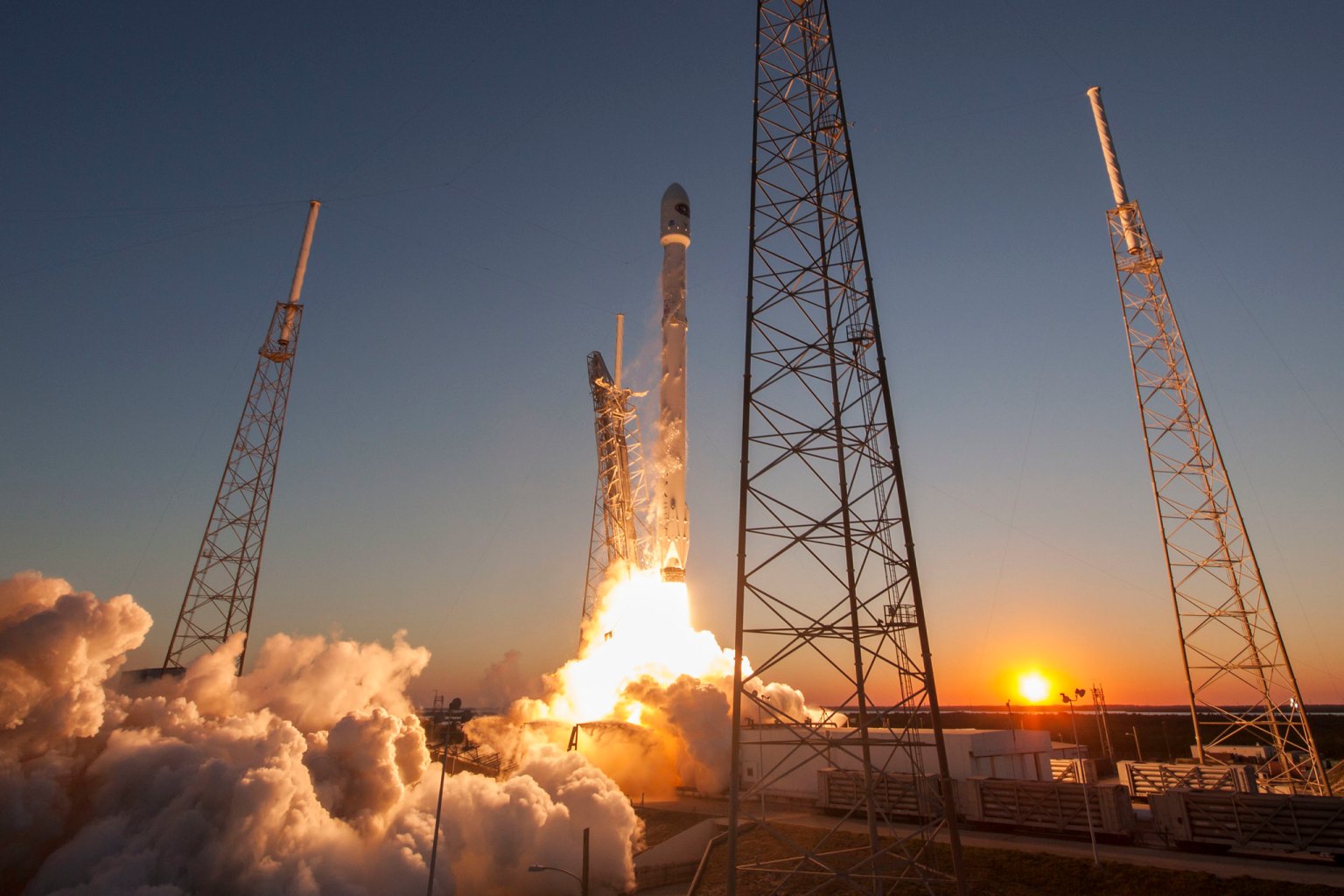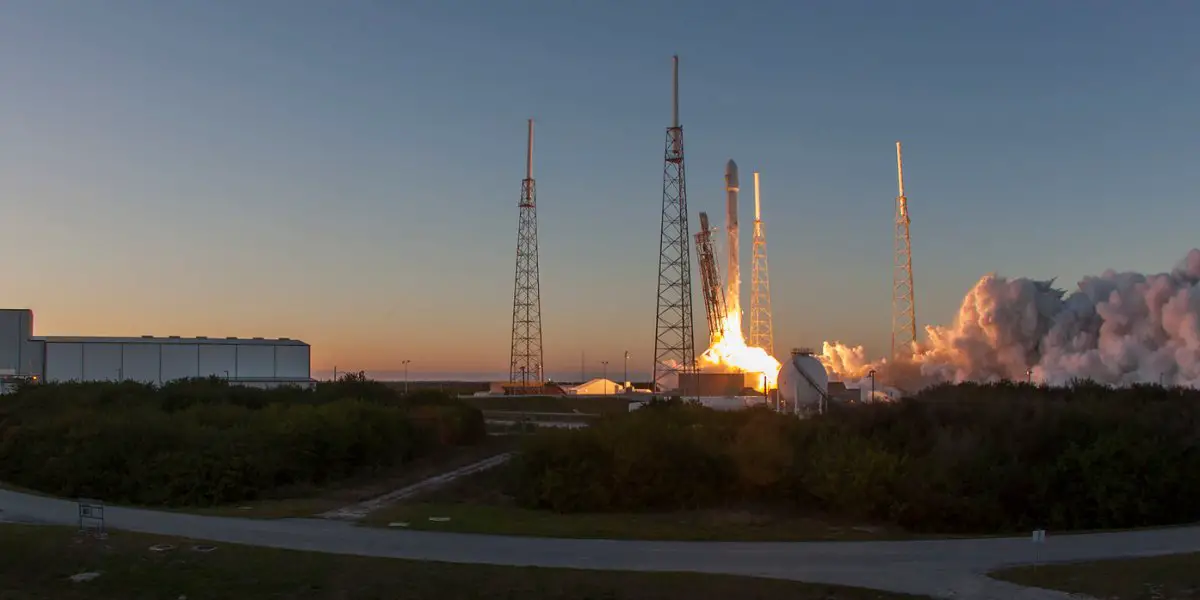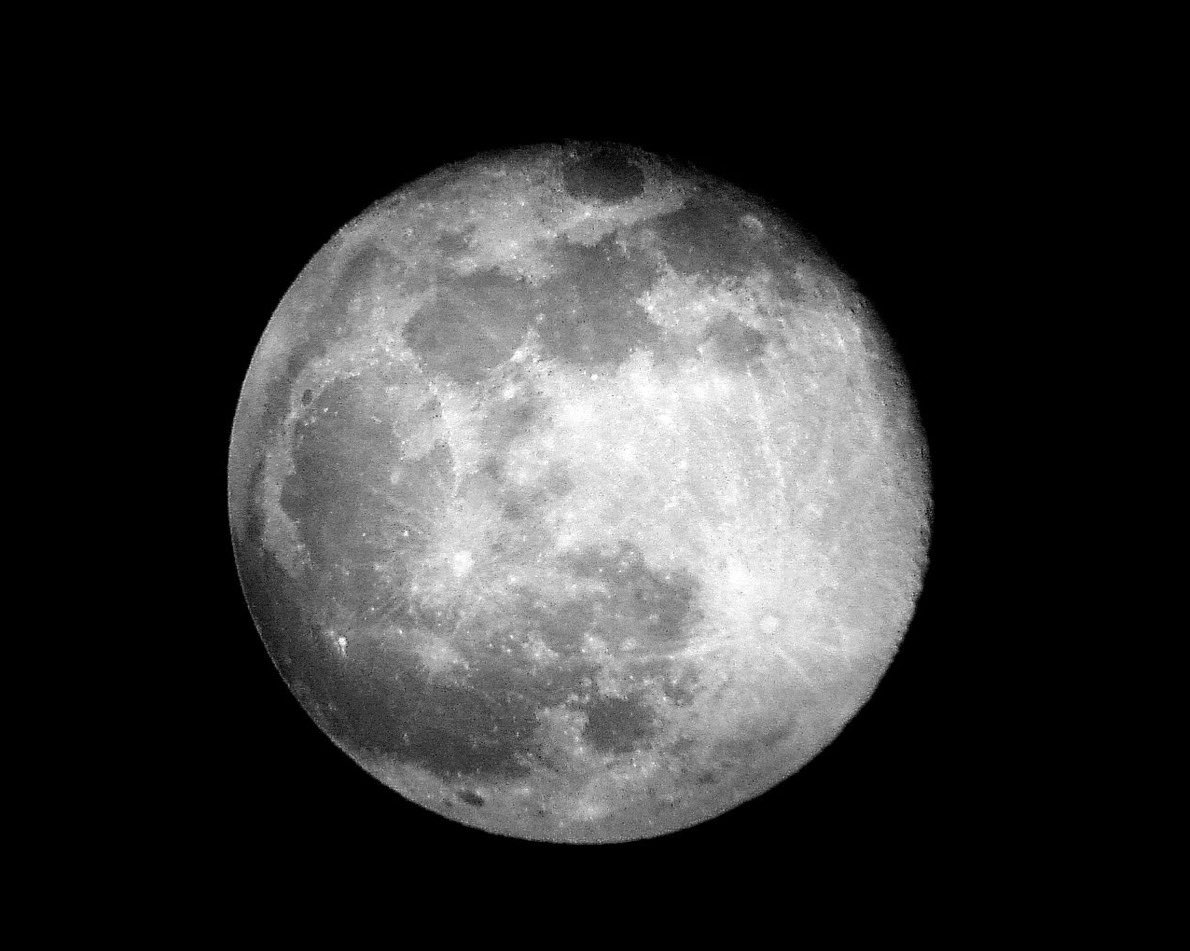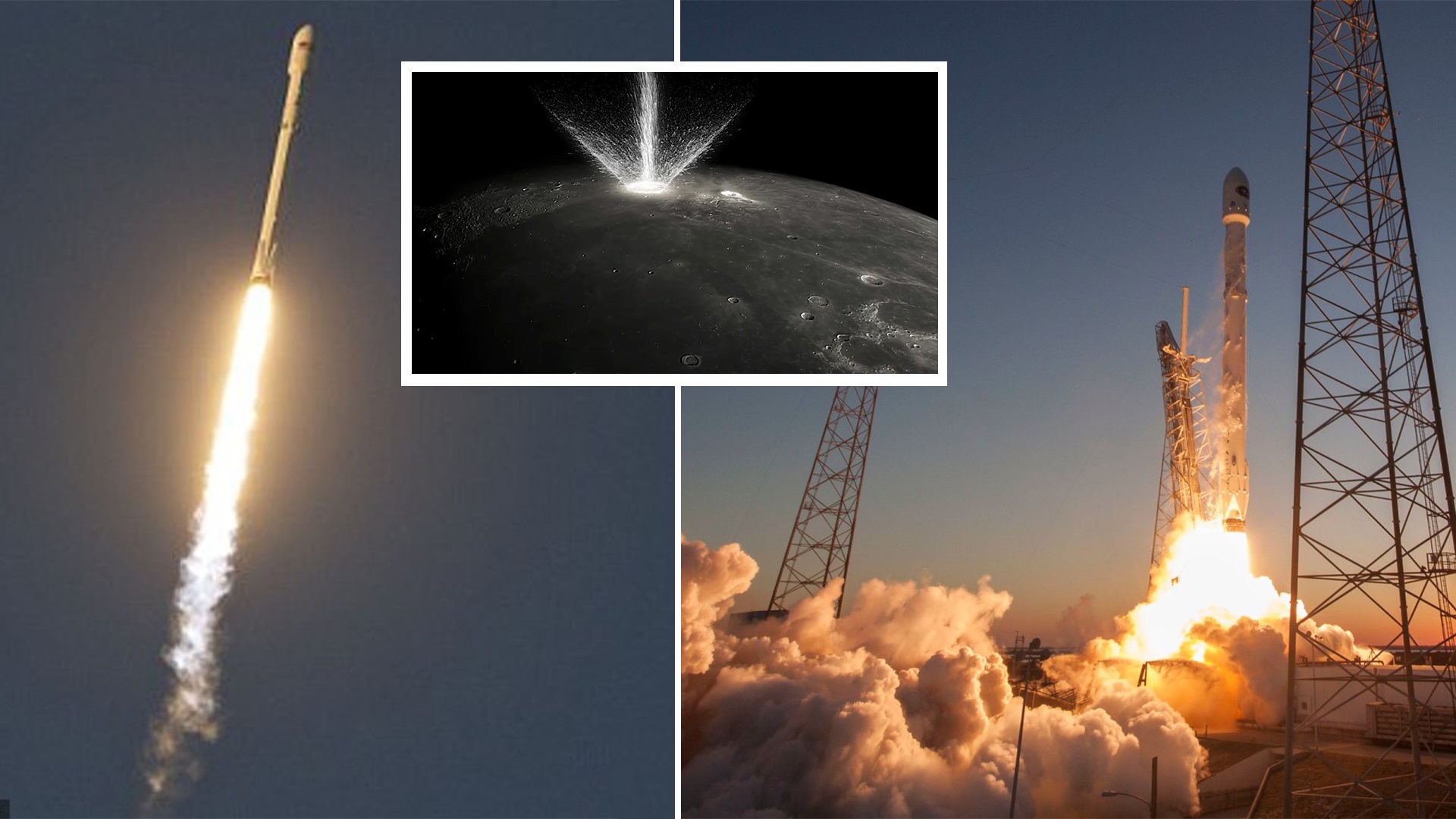The top stage of SpaceX’s first mission for NOAA launched seven years ago, has remained in orbit ever since. Nonetheless, a group of observers predicts that it will collide with the Moon shortly.
What SpaceX launch was this?

The year 2015 was a watershed moment for SpaceX. A Falcon 9 booster successfully landed back at LZ-1 after the company’s maiden drone-ship landing went awry. In 2015, the company’s launch count fell short of ULA’s Atlas V, which was the most frequently launched US rocket that year.
At long last, SpaceX was given the duty of launching DSCOVR, NOAA’s Deep Space Climatology Observatory, to the Earth-Sun L1 Lagrange Point, where NASA’s James Webb Space Telescope is due to arrive today at L2.
When SpaceX’s second stage could not utilize the atmosphere to deorbit itself, a common method for reducing space debris, DSCOVR was its first trip outside of Earth’s orbit.
For the last seven years, DSCOVR’s expended stage has been circling the Earth and the Moon in orbit. As a result, there are only a few reliable paths between our planet and the Moon.
The Moon performs a fantastic job of hurling or smashing against itself undesirable junk out around the Sun. This third option is what will happen to the SpaceX stage after it is finished.

When will the second stage of SpaceX’s mission to the Moon crash?
As initially reported by Ars Technica, SpaceX’s second stage is likely to crash on the Moon on March 4 according to Bill Gray and a team of observers gathering more data.
Despite the fact that the object is tumbling, it is possible that the Earth, Moon, and Sun’s gravity will impact it, but the projections of the light striking it (which may change orbits in space) remain unknown. It is Gray’s contention that “these unanticipated impacts are relatively minor.” However, they will amass between now and the 4th of March in 2022.
The implications for Moon-orbiting missions
Because there are so few spacecraft in orbit around the Moon, a collision is quite unlikely. As a result, studying the impacts of a lunar impact will be an extremely unusual event for missions such as NASA’s Lunar Reconnaissance Orbiter (LRO).

When a mission’s stages are no longer useful, they may be utilized on the Moon. During the Apollo missions, NASA impacted both the Saturn V third stage (the S-IVB) and the lunar module’s ascent stage into the surface. Seismometers would then capture the resulting “moonquakes.”
According to NASA’s LRO crew, they will not be able to watch the hit, but they will try to find the creator once they are above. If ground-based observatories are available, more observations will be required to fine-tune the timing and position of impact.
Source: Spaceexplored

